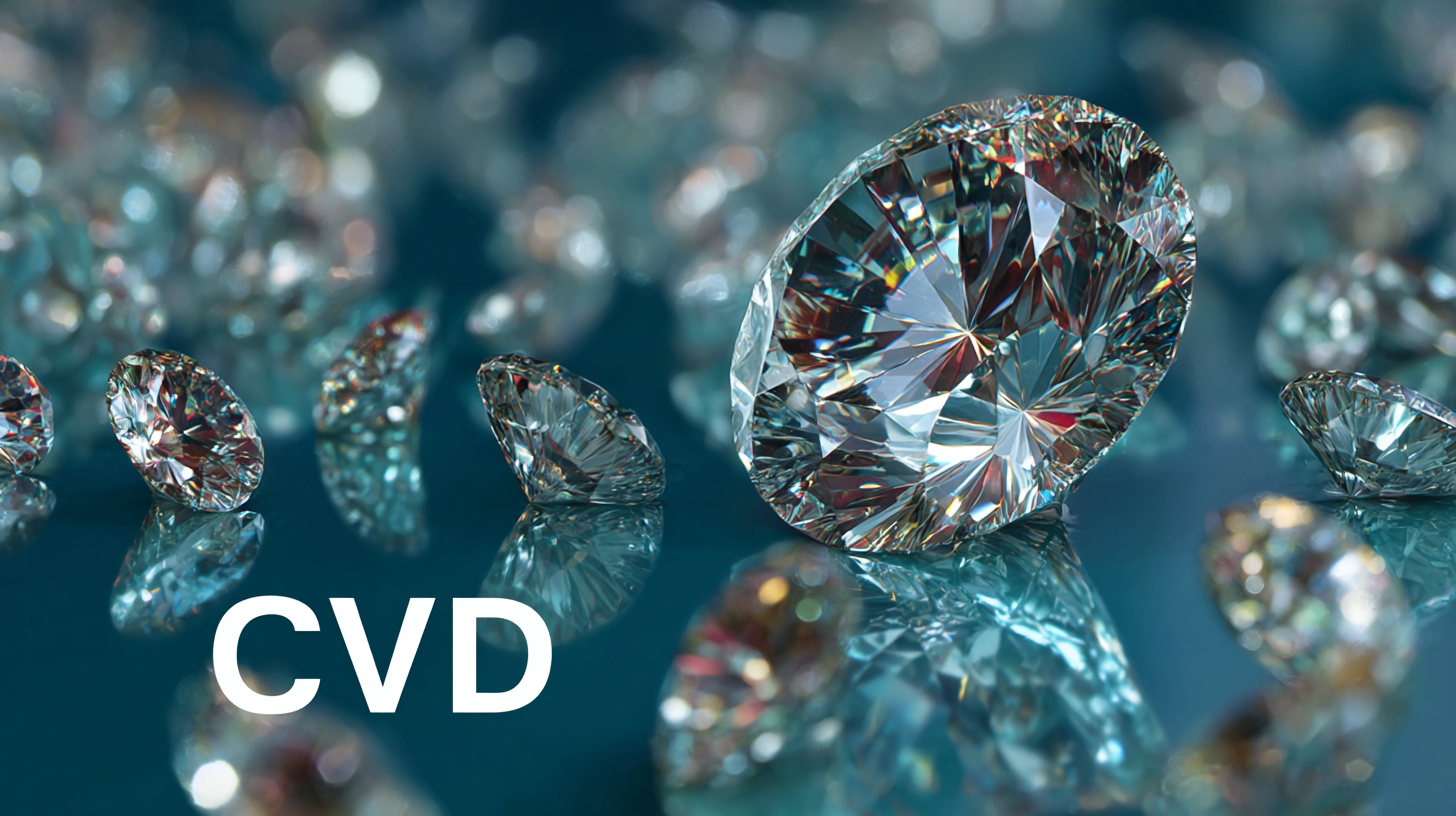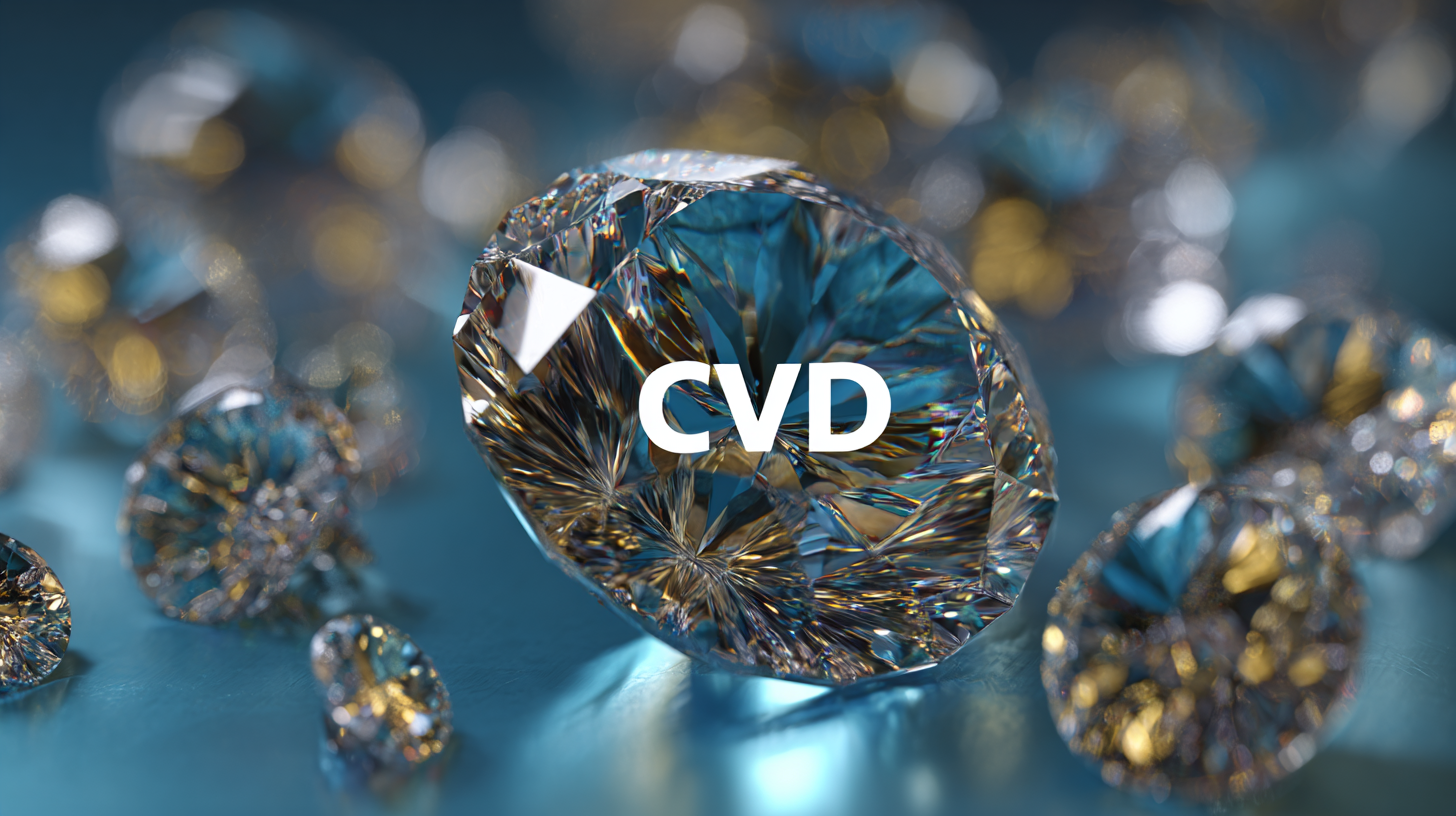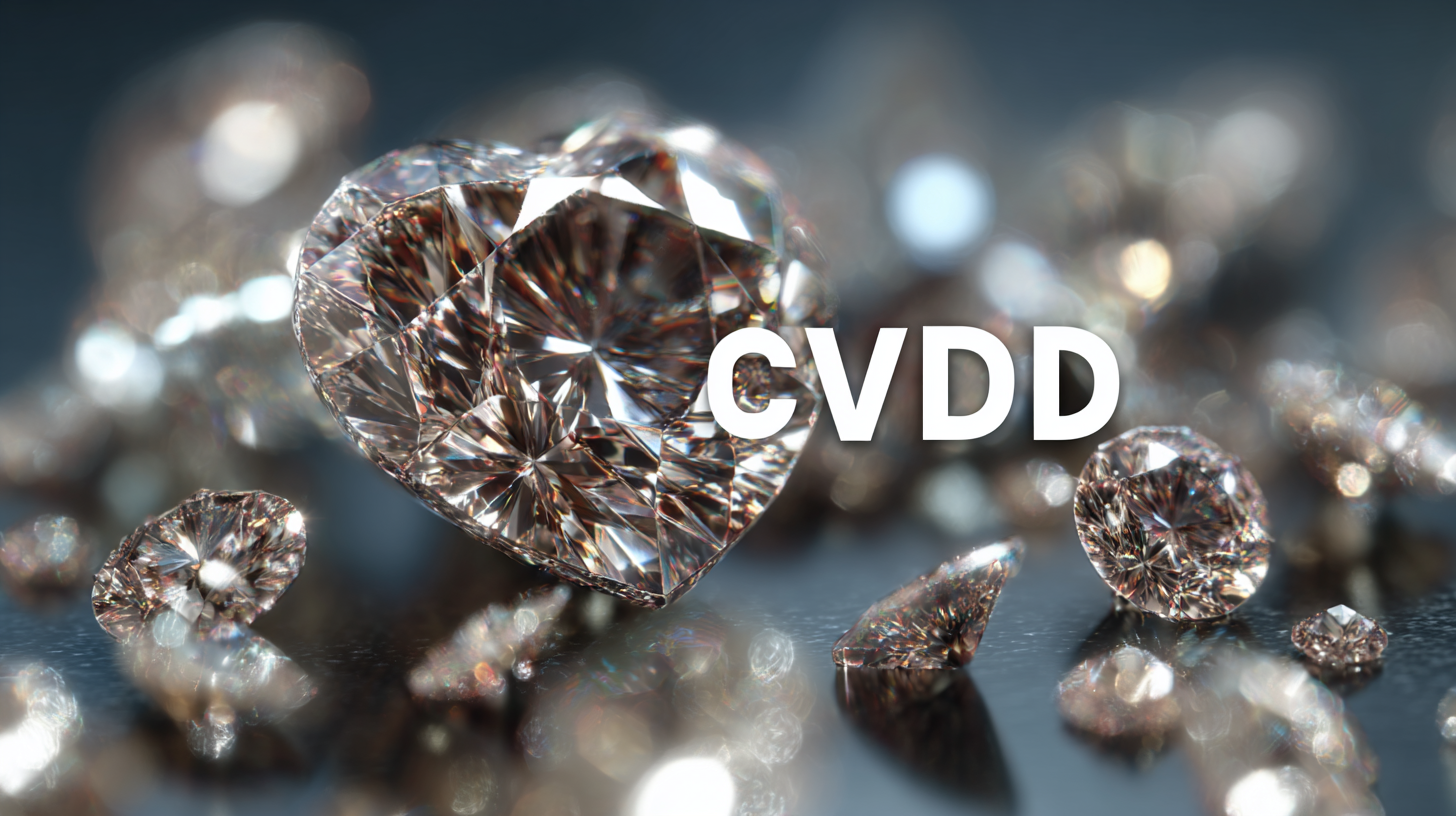
In today's competitive landscape, businesses are constantly seeking innovative solutions to enhance their product performance and durability. One such solution gaining significant traction is CVD diamond coating, a cutting-edge technology that provides exceptional wear resistance, thermal stability, and chemical inertness. In this ultimate guide, we will delve into the various industry applications of CVD diamond coating, showcasing compelling case studies that illustrate its transformative impact across multiple sectors. From aerospace to medical devices, the versatility of CVD diamond coating is evident, with numerous reasons why businesses are making the switch. By understanding these applications and the underlying benefits, you can make informed decisions for your own business needs, ensuring that you stay ahead of the curve in a fast-evolving market.

When comparing CVD (Chemical Vapor Deposition) diamond coatings to traditional coatings in industrial applications, several key factors come into play. CVD diamond coatings, known for their exceptional hardness and thermal conductivity, offer significant advantages over conventional coatings such as TiN or chrome. These diamond layers can withstand extreme conditions, making them an ideal choice for high-wear tools and components in demanding environments.
In terms of performance, CVD diamond coatings exhibit superior wear resistance and longevity, often surpassing the lifespan of traditional coatings. This results in reduced downtime and lower replacement costs, ultimately boosting productivity. Furthermore, the smooth, non-wetting surface of CVD coatings minimizes friction, enhancing the performance of cutting tools and extending their efficacy in industrial processes. While traditional coatings may still hold value in specific applications, the increasing adoption of CVD diamond technology reflects a shift towards more durable and efficient solutions in modern manufacturing.
This chart compares the performance characteristics of CVD diamond coating and traditional coatings in various industrial applications, highlighting key factors such as wear resistance, thermal conductivity, and cost-effectiveness.
When evaluating cost-effectiveness in coating solutions, the comparison between Chemical Vapor Deposition (CVD) diamond coatings and Physical Vapor Deposition (PVD) coatings is essential for businesses aiming for the best return on investment. According to a report by MarketsandMarkets, the CVD diamond market is expected to grow at a CAGR of 12.9%, driven by increasing demand in the aerospace and automotive industries for durable and wear-resistant materials. This growth is largely attributed to the superior performance characteristics of CVD coatings, which provide higher thermal conductivity and hardness compared to PVD coatings.

Furthermore, a comparative analysis reveals that while CVD coatings may have a higher initial investment, their longevity and resilience can lead to significant cost savings over time. A study published in the Journal of Materials Science found that CVD diamond coatings exhibit wear rates that were significantly lower than those of PVD coatings, which translates into longer service life and reduced maintenance costs for end-users. Thus, when evaluating cost-effectiveness, factoring in both initial expenses and long-term performance metrics is crucial for informed decision-making in sourcing the right coating solution for specific business needs.
When evaluating CVD (Chemical Vapor Deposition) diamond coatings for your business applications, two critical performance metrics stand out: hardness and wear resistance. CVD diamond coatings are renowned for their exceptional hardness, often exceeding that of traditional hard coatings. This property is primarily due to the strong covalent bonds formed in the diamond structure, making it an ideal choice for tools and components that face heavy wear and tear. The superior hardness of CVD diamond coatings ensures extended tool life and reduced frequency of replacements, which can translate into substantial cost savings over time.
In addition to hardness, wear resistance is a key factor in the performance of CVD diamond coatings. These coatings exhibit outstanding resistance to abrasion, which is crucial in industrial environments where contact with abrasive materials is common. With high wear resistance, CVD diamond coatings help maintain the integrity of tools and components, ensuring they operate effectively even under challenging conditions. Implementing CVD diamond coatings in your manufacturing processes can significantly enhance performance metrics and provide a competitive edge in today’s market.
| Coating Type | Hardness (HV) | Wear Resistance (mm³) | Thickness (μm) | Application Area |
|---|---|---|---|---|
| Standard CVD Diamond | 8000 | 7.5 | 10 | Cutting Tools |
| High-Performance CVD Diamond | 9000 | 6.0 | 15 | Precision Machining |
| Microstructured CVD Diamond | 7500 | 8.0 | 12 | Medical Instruments |
| Polycrystalline CVD Diamond | 8500 | 9.0 | 8 | Industrial Applications |
The production of CVD (Chemical Vapor Deposition) diamond coatings represents a significant advancement in material technology, particularly when evaluated against conventional methods. While traditional diamond coatings often require extensive mining and high-energy processes, CVD utilizes a more environmentally friendly approach. By depositing carbon atoms onto a substrate in a controlled atmosphere, CVD can create durable, high-quality diamond films without the destructive environmental practices associated with diamond mining.
Moreover, the environmental impact analysis of CVD production reveals lower energy consumption compared to conventional diamond synthesis techniques. CVD processes often yield less waste and can be conducted at lower temperatures, which minimizes the carbon footprint substantially. As industries increasingly prioritize sustainability, opting for CVD diamond coatings not only enhances product performance but also aligns with corporate social responsibility initiatives focused on reducing harmful environmental impacts. This shift towards more sustainable practices is crucial as businesses seek innovative solutions that contribute positively to both their bottom line and the planet.
The application of CVD (Chemical Vapor Deposition) diamond coatings has led to remarkable advancements across various industries, showcasing a blend of innovative technology and real-world effectiveness. For instance, a notable case study in the aerospace sector highlights the use of CVD diamond coatings on turbine components. According to a report from the Aerospace Manufacturing and Design publication, the implementation of these coatings resulted in a 30% increase in component lifespan, significantly reducing maintenance costs and downtimes. This benefit is attributed to the coatings' superior hardness and thermal conductivity, which enable them to withstand extreme operational conditions.

In the semiconductor industry, a pioneering technology firm reported a striking improvement in the performance of cutting tools following the integration of CVD diamond coatings. A study conducted by the International Journal of Advanced Manufacturing Technology found that tools coated with CVD diamonds increased cutting speeds by 50% while extending tool life by threefold. The enhanced wear resistance and low friction properties of CVD diamond coatings have proven instrumental in achieving such remarkable results, positioning these coatings as a vital component in achieving operational excellence in manufacturing processes.





